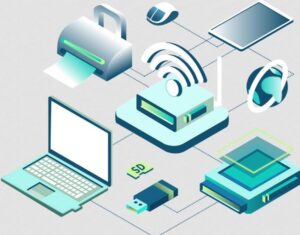Cyber-Bullying Increases with Age

Cyber-bullying is not that common among children in primary school up to the age of 13. When it does happen, it occurs mostly through different gaming platforms. After the age of 13, the risk for young people to be exposed to cyber-bullying increases and it is mainly through social media.
If you go back and look at older research on cyber-bullying, it shows that it has primarily been something that was practiced from home. Today, instead, many worry about being exposed to cyber-bullying at school. The research warns that it may be a concern that is justified. In the past, it was most common for people to have access to their private connected technology at home. Nowadays, there are connected mobile phones everywhere, even at school.
Negative for both victims and practitioners
Cyber-bullying takes a similar form in those parts of the world where research into the phenomenon has been carried out. The children and young people who are exposed are psychologically affected with emotional problems such as depression, anxiety, stress, low self-esteem and suicidal thoughts. They are also affected physically, with, for example, headaches, stomachaches and difficulty sleeping. Their social situation is also affected and they often do worse at school.
Although cyber-bullying is an intentional act, perpetrators are often unaware of the harm they are causing their victims. It is also not only those who are exposed to cyber-bullying who are negatively affected, often the perpetrators also exhibit psychological problems such as stress, anxiety and worry. The research shows that these are often individuals with low self-esteem, low empathy, low self-control and with a weak sense of morality, but with a high degree of impulsivity, anxiety and aggression. Often these are individuals who themselves have been subjected to bullying.
Students with special needs are more exposed than others to cyber-bullying. These students are often individuals who have the characteristics that research points out as risk factors. When bullying takes place anonymously, functional variations are not noticed in the same way, which has contributed to the fact that students with special needs also run a greater risk than others of becoming perpetrators of cyber-bullying.
Important to know your rights and obligations
Children and young people who use the internet a lot are more vulnerable than those who use the internet less. Parents monitoring what children and young people do on the internet can reduce the risk of cyber-bullying, but the more children and young people use the internet, the more difficult it is for parents to monitor their activities.



